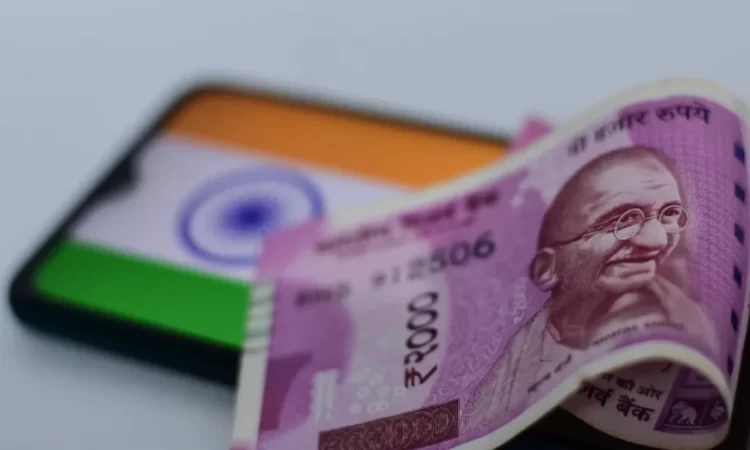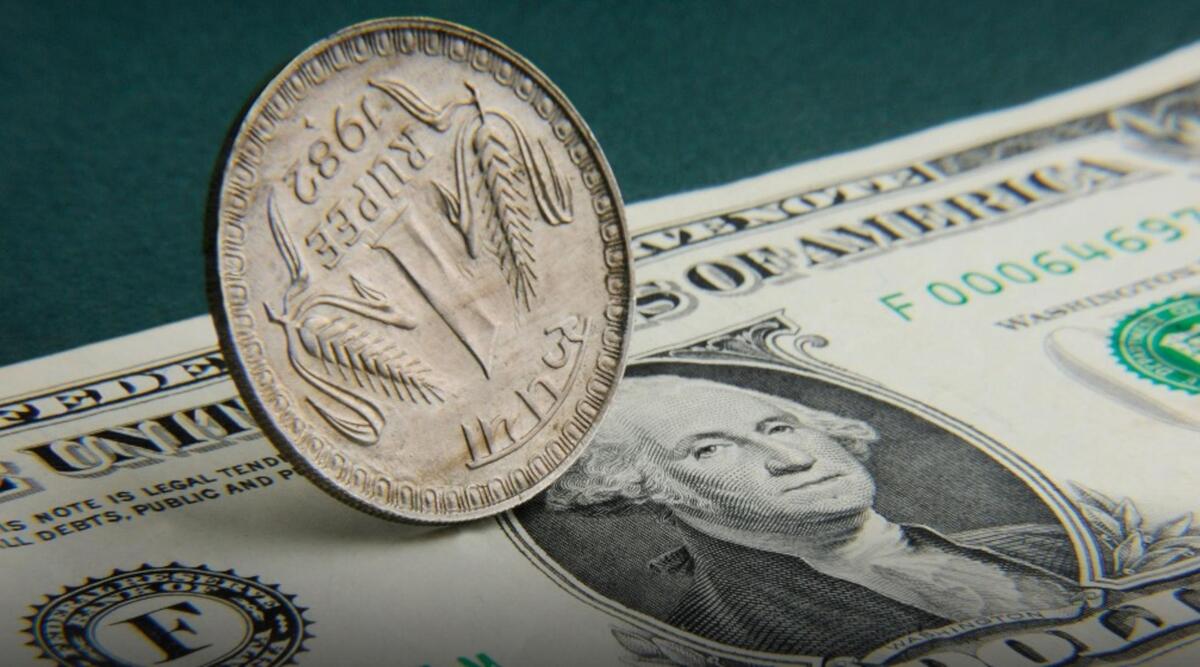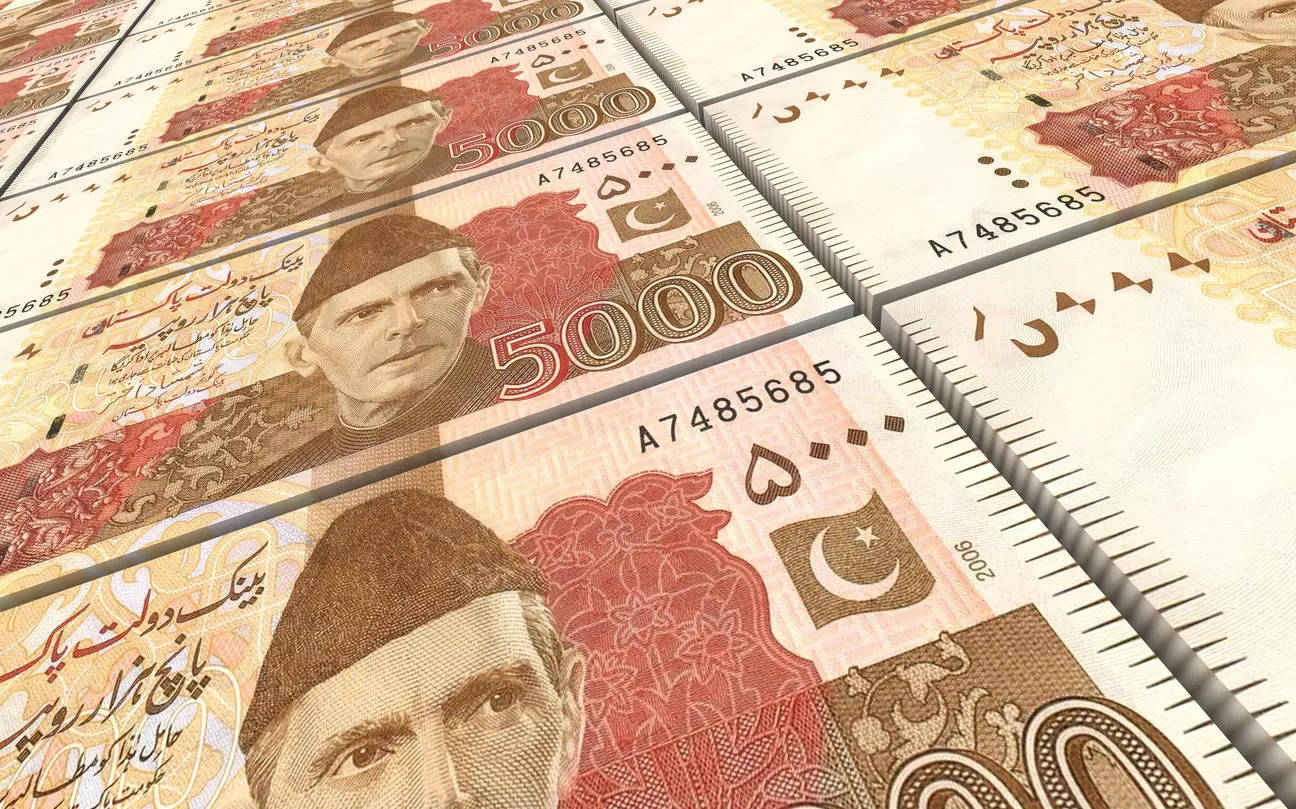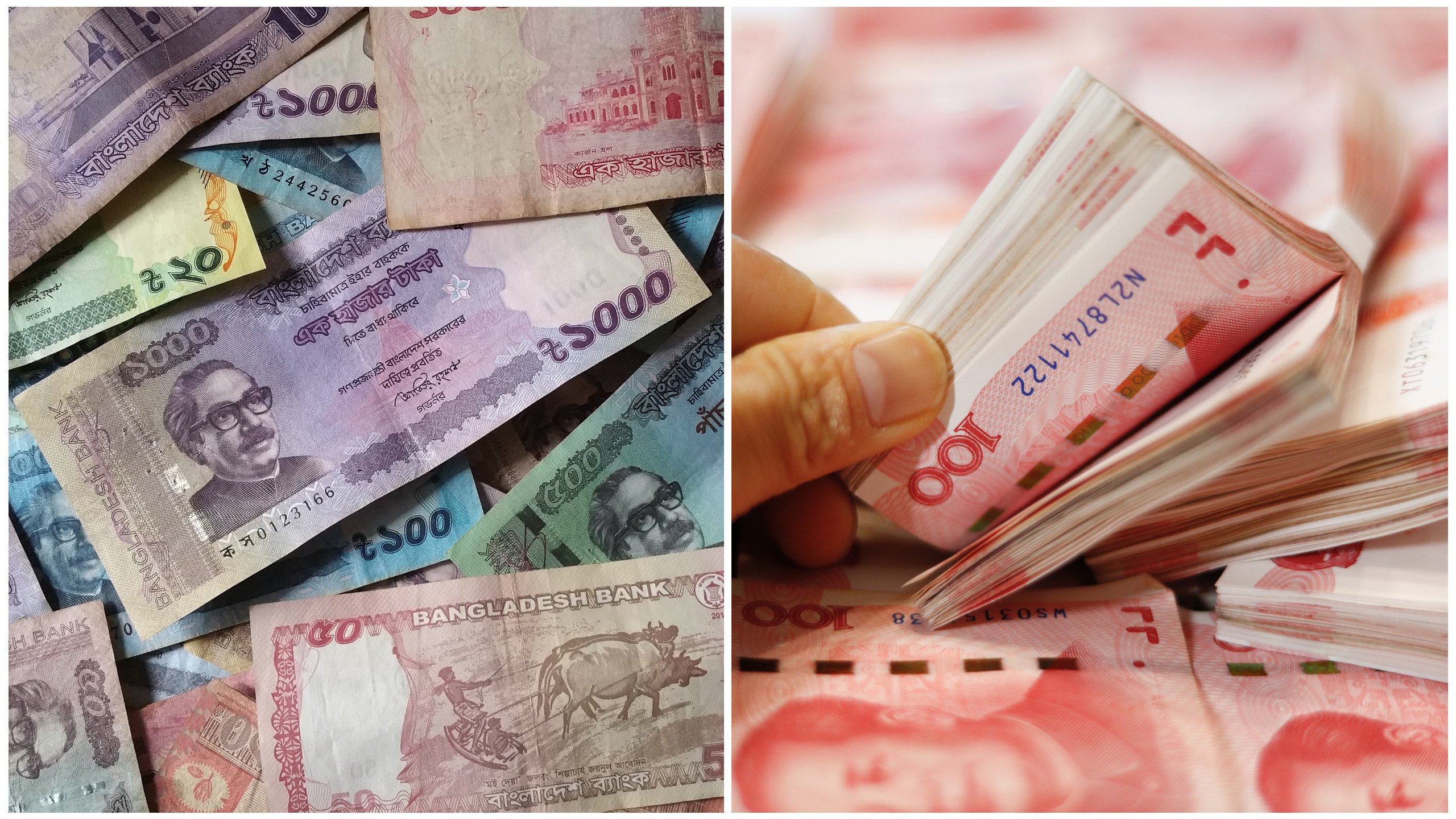
Bangladesh has apparently outperformed its neighbors India and Pakistan in managing foreign exchange reserves despite the global financial crisis, according to the central banks of those nations.
The sum, according to the IMF, would continue to rise to start with the following fiscal year. The research also stated that the Bangladesh reserves will surpass $50 billion for the first time by the conclusion of the fiscal year 2026–2027. Based on several variables, the organization forecast these outcomes in a study of Bangladesh’s economy.
According to the most recent data from Bangladesh Bank, the country’s foreign exchange reserves were $32.22 billion on January 31. On February 15, the amount of foreign currency reserves hit a record high of $32.6 billion, and they have since risen steadily. According to bank officials, several regulatory measures have caused a decrease in imports, but a recent uptick in exports and remittances. As a result, foreign exchange reserves are continuously increasing.
When Ramadan and Eid-ul-Fitr were approaching, a representative of the Bangladesh Bank, Mezbaul Haque, stated that the remittance flow will also grow during the coming few months. Haque predicted that the foreign exchange reserves would reach a comfortable level, but he also noted that things would not change quickly.
By the end of the current fiscal year, Bangladesh’s foreign exchange reserves are expected to fall below $30 billion, according to the International Monetary Fund (IMF). According to the IMF, the amount would start to climb starting with the upcoming fiscal year. The research also predicted that by the end of the fiscal year 2026–2027, the country’s reserves will reach $50 billion for the first time. In a study of Bangladesh’s economy, the organization made these predictions based on several criteria.
To ensure economic stability, Bangladesh Bank was selling dollars almost every day. The overall image of the dollar supply has improved as a result of increased government measures to battle the Hundi, the main enemy of remittances. Export revenues totaled $32.45 billion, or an average of $4.64 billion per month, in the seven months preceding January of the current fiscal year, according to data from Bangladesh Bank.
The average monthly export in November, December, and January was $5.2 billion. While it was under $1.7 billion in December, remittances and expatriate income surged to $1.96 billion in January. Remittances totaled $640 million in the first ten days of February; as a result, it is anticipated that they will rise further this month.
Also, by putting in place several measures, such as boosting the LC margin to 100% and enhancing control, the import spending was reduced by 2.15% to $38.13 billion in the six months before December. As a result, the total strain on the foreign exchange reserves gradually decreases. The Asian Clearing Union (ACU) import bill was settled on January 9 and the Bangladesh Bank said that the nation’s foreign exchange reserves were $32.52 billion.
Even though the reserves were below $33 billion following that day, Bangladesh Bank officials managed the reserves prudently over a month. In the meantime, last week marked the greatest drop in India’s foreign exchange reserves in the previous 11 months. an Indian news agency, said that the decline was probably caused by the Reserve Bank of India selling dollars to maintain the stability of the Rupee’s value.
According to the most recent information provided by the Reserve Bank of India on Friday, the nation’s reserves decreased by $8.3 billion and are currently valued at $566.95 billion. Since April of last year, this drop has been the greatest. India’s foreign exchange reserves reached a record high of $645 billion in October of last year, but as long as the local currency was supported by the dollar, the reserves were in decline. Once US-based Hindenburg Research accused the Adani Group of manipulating shares, the issue only became worse.
The country’s reserves decreased by $8.3 billion to $566.95 billion as of February 10 the lowest level since April 2022, according to the Reserve Bank of India’s statement on . After a stunning investigation of corruption and fraud by New York-based financial research company Hindenburg Research, which placed pressure on the rupee, Adani Group’s share price fell in late January.
The country of Pakistan, which is experiencing a terrible financial crisis, reported a $170 million decline in its foreign exchange reserves on February 3 and currently has $2.9 billion in reserves, according to statistics from the State Bank of Pakistan. During the next 12 months, Pakistan will have to pay back over $22 billion in foreign debt plus interest, according to a Pakistani news source.
Pakistan’s present debt is greater than the funds it will likely receive in the upcoming years. According to the State Bank of Pakistan (SBP), the nation owes $21.95 billion, which is made up of $2.60 billion in interest and $19.34 billion in principal. Data analysis reveals that Pakistan must pay $3.95 billion within one month. The nation is required to pay $4.63 billion in the following three months and $13.37 billion in the ensuing eight. Pakistan will be required to repay a total of $80 billion in foreign debt between February 2023 and June 2026.
The greatest weekly decline in 11 months is seen in India’s foreign exchange reserves.
India’s foreign exchange reserves had their greatest weekly decrease in 11 months in the week ended February 10, falling considerably to a one-month low of $566.94 billion. According to the Reserve Bank of India’s weekly report, the nation’s import cover fell by $1.49 billion to $575.27 billion the previous week, ending a three-week upward trend.
The Indian central bank sold dollars to support the rupee on global markets and stabilize the home currency from excessive volatility, which caused the most recent decline in foreign exchange reserves. For the last year, it has been commonplace for the Indian central bank to intervene in foreign exchange markets to support the rupee.
Why, therefore, is this significant? What does a country’s foreign exchange mean?
Each economy must manage its foreign exchange reserves for it to run smoothly. They consist of all foreign holdings of a country’s central bank. Foreign assets generate foreign currency. They are held in the form of gold or cash and are used to safeguard the stability of the nation’s financial markets and the balance of payments. In October 2021, India’s foreign exchange reserves hit an all-time high of $645 billion, but the trend has since reversed and declined as the rupee’s value has plummeted over the US dollar. According to data from the RBI, India’s foreign currency assets (FCA) fell by $7.11 billion to $500.59 billion in the most recent week.
The FCA is distinct from reserves in that it takes into account the impact of changes in the value of non-U.S. currencies like the yen, pound, and euro. In addition, India’s gold reserves have decreased by $919 million, bringing the total to $42.86 billion the overall pattern over the last year effectively illustrates the decline of the rupee versus the dollar.
The value of the native currency decreased for the fourth week in a row, although it stopped short of reaching its record low of a little bit over 83 per dollar, which would have probably prompted the RBI to act. In contrast to its Asian counterparts, the Indian rupee has stayed remarkably steady despite all the turbulence.
The RBI Governor said that the volatility of the rupee is lower than in the past, despite the fact that India’s foreign exchange reserves decreased during the previous year. The widespread sell-off of most major global currencies in favor of the dollar has hurt almost every emerging market country’s foreign exchange reserves, plunging them into a terrible economic crisis.

As Russia invaded Ukraine about a year ago, there was a spike in interest in assets denominated in dollars. Not an exception has been the Indian Rupee. When the battle on the periphery of Europe began in February of last year, the Indian rupee was trading at approximately 74 to the dollar before falling to several record lows and hovering around 83.



